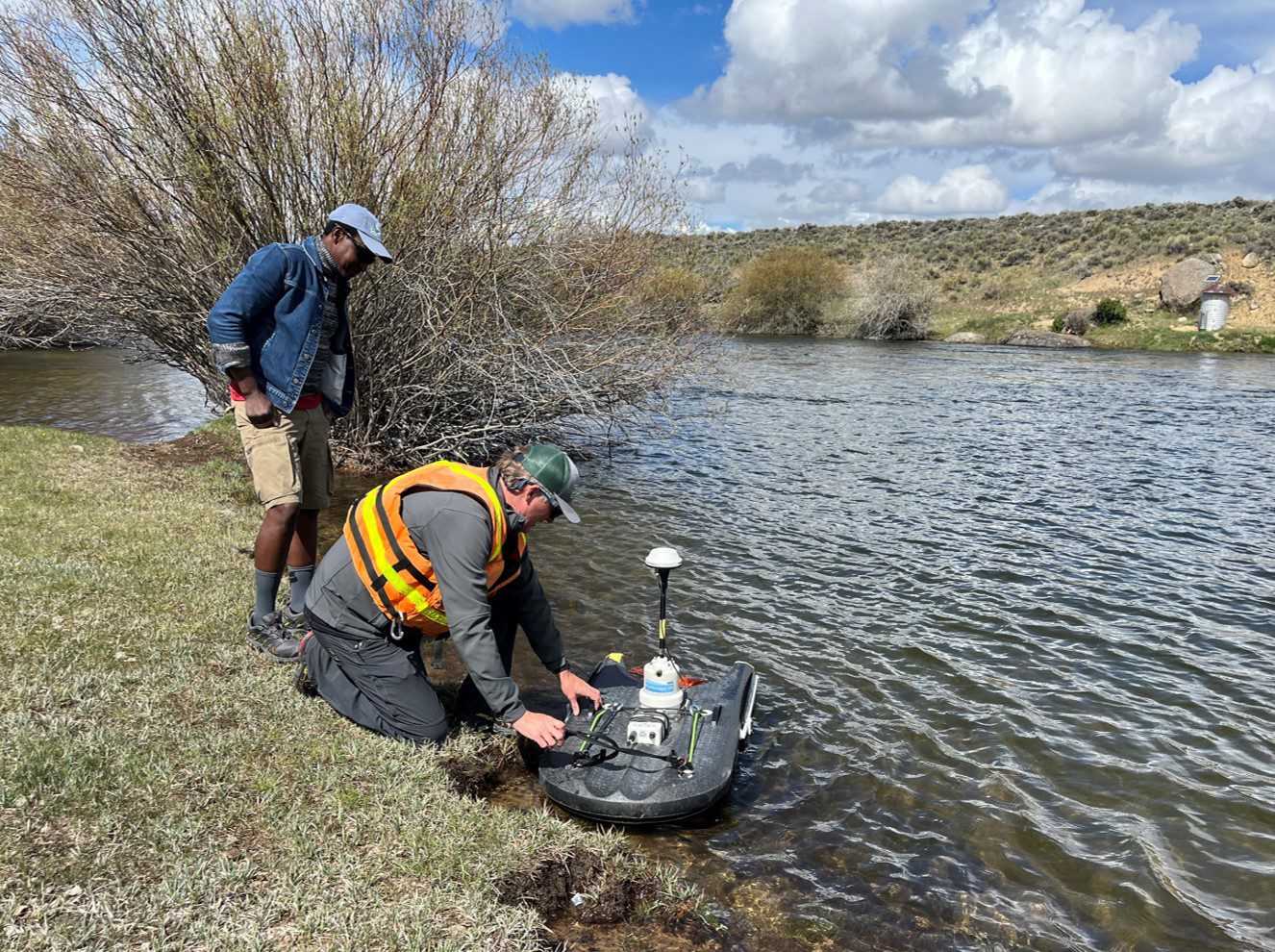- Interior Department invests $50 million in basin resilience.
- Upper Division States deploy advanced water-monitoring tools.
- Federal-state partnership strengthens water accountability.
- New streamgages and snow observatories installed.
- Post-2026 guidelines underway to manage future water use.
Monday, June 2, 2025 — In a major advancement toward long-term water sustainability, the U.S. Department of the Interior and the Bureau of Reclamation announced on May 29, 2025 , significant progress in implementing a $50 million initiative to enhance water infrastructure across the Upper Colorado River Basin. This collaborative effort involves the federal government and Upper Colorado River Commission, alongside the Upper Division States of Colorado, New Mexico, Utah, and Wyoming.
, significant progress in implementing a $50 million initiative to enhance water infrastructure across the Upper Colorado River Basin. This collaborative effort involves the federal government and Upper Colorado River Commission, alongside the Upper Division States of Colorado, New Mexico, Utah, and Wyoming.
Enhancing Water Management Tools.
Under this initiative, substantial enhancements to water monitoring infrastructure are already underway. Ten Eddy Covariance towers have been installed to measure ecological responses to drought conditions and various land management practices. In addition, 31 new streamgages now improve water measurement accuracy and delivery management across the basin. Airborne Snow Observatory programs were also established in Colorado and Wyoming to provide precise snowpack data, critical for forecasting water availability.
Acting Assistant Secretary for Water and Science Scott Cameron highlighted the immediate benefits, noting, “This investment is already making a real impact. By improving the accuracy of water use measurement, we’re laying the foundation for better decision-making that ensures a sustainable Colorado River System for generations to come.”
Future Infrastructure Plans.
Building upon the progress, Upper Division States plan further advancements over the next two years. These include installing another Eddy Covariance tower, 32 additional streamgages, five new weather stations, approximately 2,000 diversion measurement devices, and expanded evaporation studies. According to Chuck Cullom, Executive Director of the Upper Colorado River Commission, these projects provide “the best-available science and data we need to continue to improve water use accountability and planning.”
Partnership for Long-term Sustainability.
These infrastructure improvements underscore the collaborative efforts between federal and state authorities to enhance water resilience in the basin, which provides water to over 40 million residents, irrigates 5.5 million acres of farmland, supports 30 Tribal Nations, and supplies two Mexican states. David Palumbo, Acting Commissioner for the Bureau of Reclamation, reinforced this collaboration, stating, “This momentum reflects the strength of federal-state partnerships in tackling the West’s most urgent water challenges.”
Preparing for Post-2026 Operations.
Looking ahead, this infrastructure investment complements broader ongoing efforts to develop comprehensive water management guidelines once current agreements expire at the end of 2026. The Department and the Bureau are actively working with basin states and Tribal Nations to formulate the Post-2026 Operating Guidelines . These guidelines will replace existing protocols like the 2007 Interim Guidelines for managing shortages in Lake Powell and Lake Mead, the 2019 Drought Contingency Plans, and international agreements under the 1944 Water Treaty between the United States and Mexico.
. These guidelines will replace existing protocols like the 2007 Interim Guidelines for managing shortages in Lake Powell and Lake Mead, the 2019 Drought Contingency Plans, and international agreements under the 1944 Water Treaty between the United States and Mexico.
A Draft Environmental Impact Statement outlining alternatives for future basin operations is expected later this year. The goal is to establish a flexible, science-based framework capable of meeting the region’s water needs effectively for decades to come.
More detailed information about the Post-2026 Colorado River Operations is accessible on the Bureau of Reclamation’s official website.
Image via Reclamation’s News Release: Measurements taken with upgraded stream gage.

